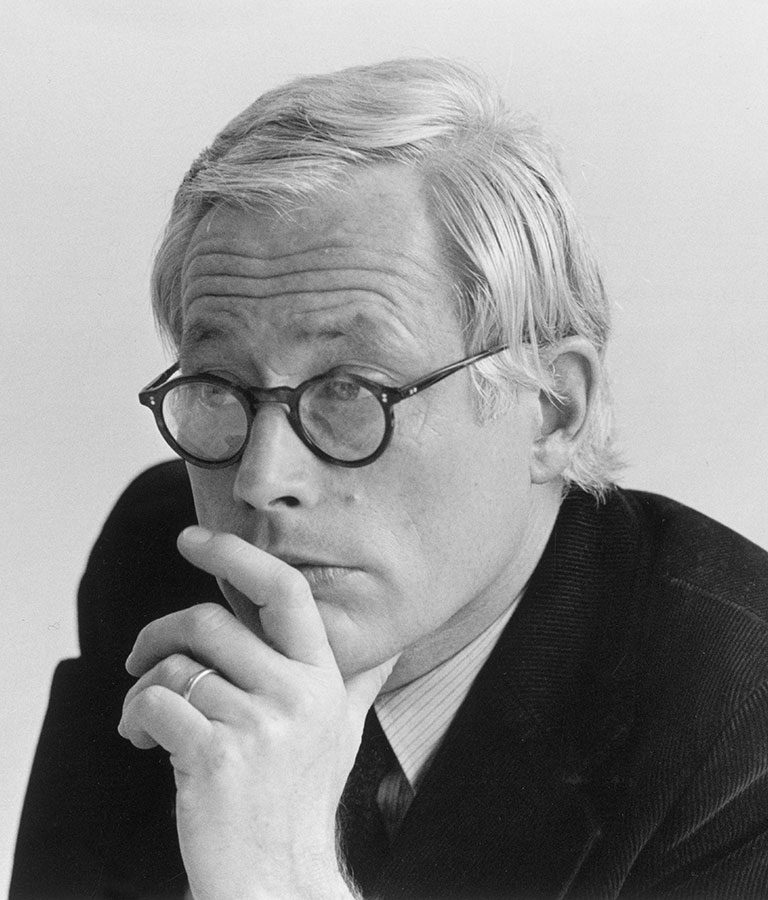Good Design is innovative.
Constant technological advancement means that there are always new possibilities for innovative design, and both must keep growing together.

The German architect Dieter Rams served as a designer for the Braun manufacturing company from 1955 to 1997. He frequently gave lectures on design. He began creating rules in the 1970s to define what makes a good design. The initial list included six design principles and grew to ten by 1985. This list is his current version, completed in 2003.
Constant technological advancement means that there are always new possibilities for innovative design, and both must keep growing together.
Rams said, “A product is bought to be used.” A product is useful if it is effective, easy to use, and pleasant to look at.
Humans react to beauty with positive emotions, so having beautiful objects in our environment contributes to our overall well-being, which is one of the goals of good design.
Good design is user-friendly. The consumer should be able to use the product without having to learn a lot of complicated instructions.
Clever packaging and catchy marketing are no replacement for genuine usefulness. Truly Good Design speaks for itself.
The beauty of Good Design should be simple and understated, never flashy or opulent.
Good Design isn’t trendy–it never goes out of style.
A Good Design includes exactly what it needs to perform its function well, nothing more or less
Materials, manufacturing methods, and product function are all planned with conservation of the environment in mind.
Good Design focuses on simplicity in both appearance and function.